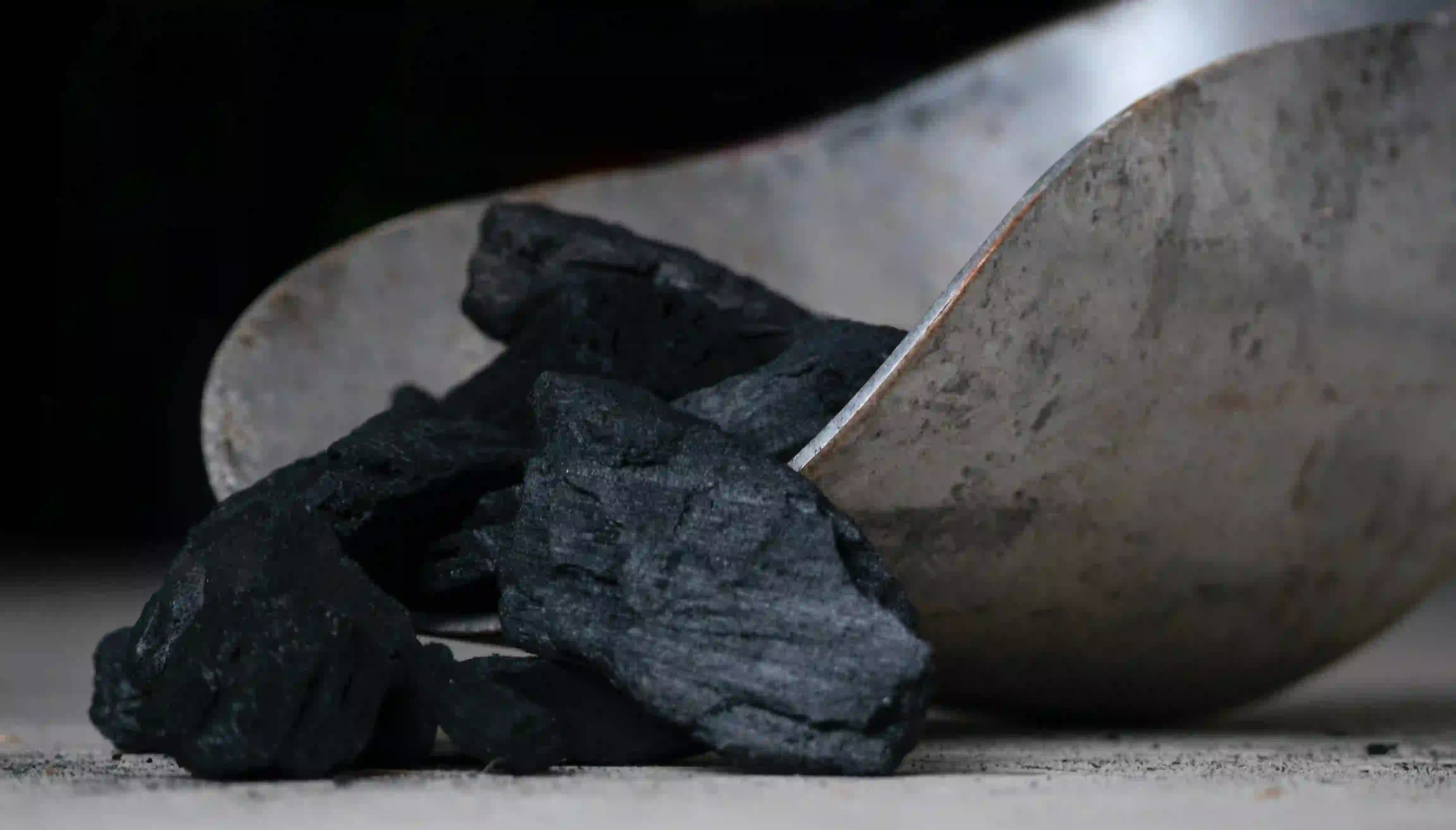Today I stumbled upon an interesting acronym COAL WAS WEALTH, which is a list of on-scene considerations for first arriving officers and command staff during a fire incident. The acronym stands for Construction, Occupancy, Area, Life hazard, Water, Auxiliary systems, Street conditions, Weather, Exposures, Apparatus and personnel, Location, Time and Hazards. Each segment of the acronym is important to understand and consider in order to accomplish tasks and tactics associated with a prolonged fireground progression.
However, this also reminded me of an interesting story about coal in the context of economics.
Coal has played a significant role in the development of modern society and economy. From powering the Industrial Revolution to providing jobs and income for millions of people, coal has been a valuable resource for producing energy and driving economic growth. However, as society becomes more aware of the negative environmental impacts of burning coal, it’s time to transition to cleaner energy sources to meet the long-term sustainability goals.
The use of coal dates back to ancient times, but it was during the Industrial Revolution in the 19th century that its true potential as a source of power was realized. Coal was used to fuel steam engines, which powered the machines that revolutionized manufacturing and transportation. This led to an increase in productivity and economic growth, as well as the development of infrastructure and growth of communities.
Coal mining also became a major industry, providing jobs and income for millions of people. The wealth generated by the coal industry allowed for the construction of schools, hospitals, and other public facilities, as well as the creation of new businesses and industries. The coal industry also helped to support the growth of other industries, such as steel production and rail transport.
However, the burning of coal also has negative consequences on the environment. The emissions from coal-fired power plants contribute to air pollution and greenhouse gas emissions, which have been linked to health problems and climate change. Additionally, coal mining can also have negative impacts on local communities, such as destruction of natural habitats and water pollution.
Today, cleaner forms of energy such as renewable energy sources and natural gas have become increasingly popular and economically viable alternatives to coal. Renewable energy sources, such as solar and wind power, do not produce greenhouse gas emissions and can be generated locally, reducing dependence on fossil fuels and improving energy security. Natural gas, although still a fossil fuel, releases less carbon dioxide and other pollutants than coal when burned.
In conclusion, coal has played an important role in the development of modern society and economy, but it’s time to transition to cleaner energy sources to meet the long-term sustainability goals. Investing in renewable energy and natural gas can provide a cleaner, more sustainable energy future while still providing jobs and economic growth. It is important that we consider the negative impacts of burning coal on the environment and public health and take action towards a cleaner energy future.
